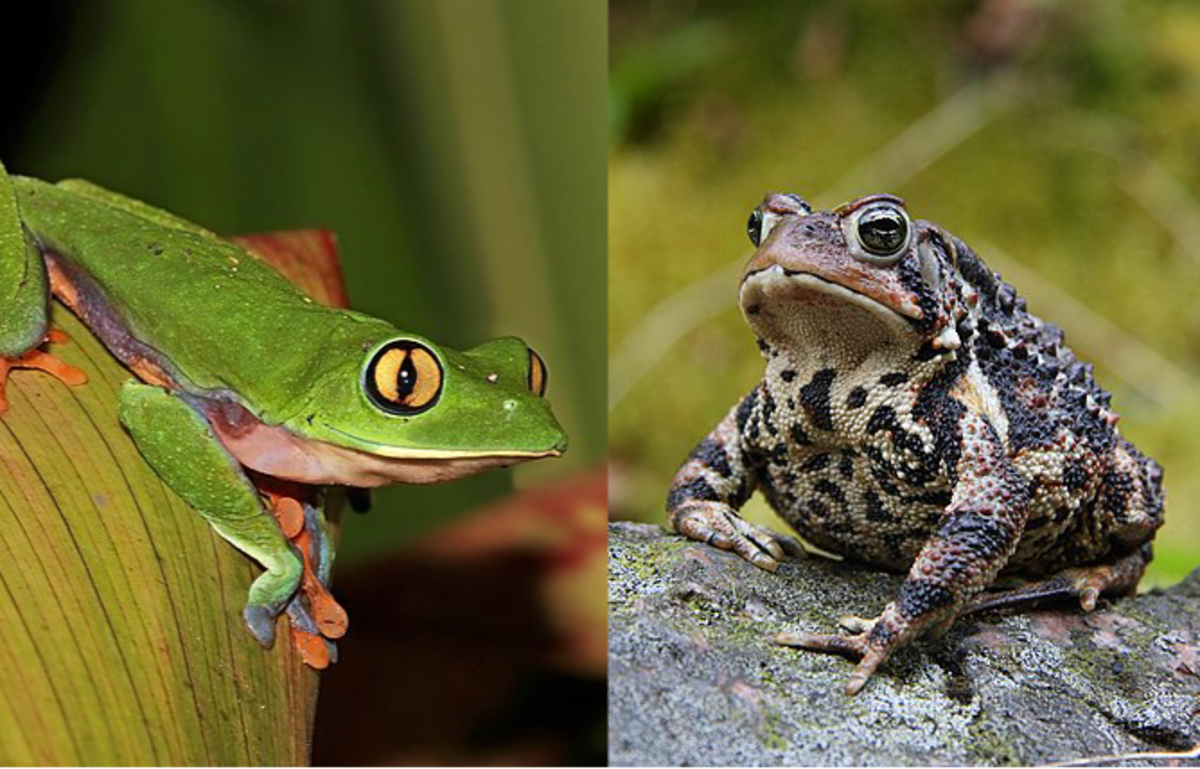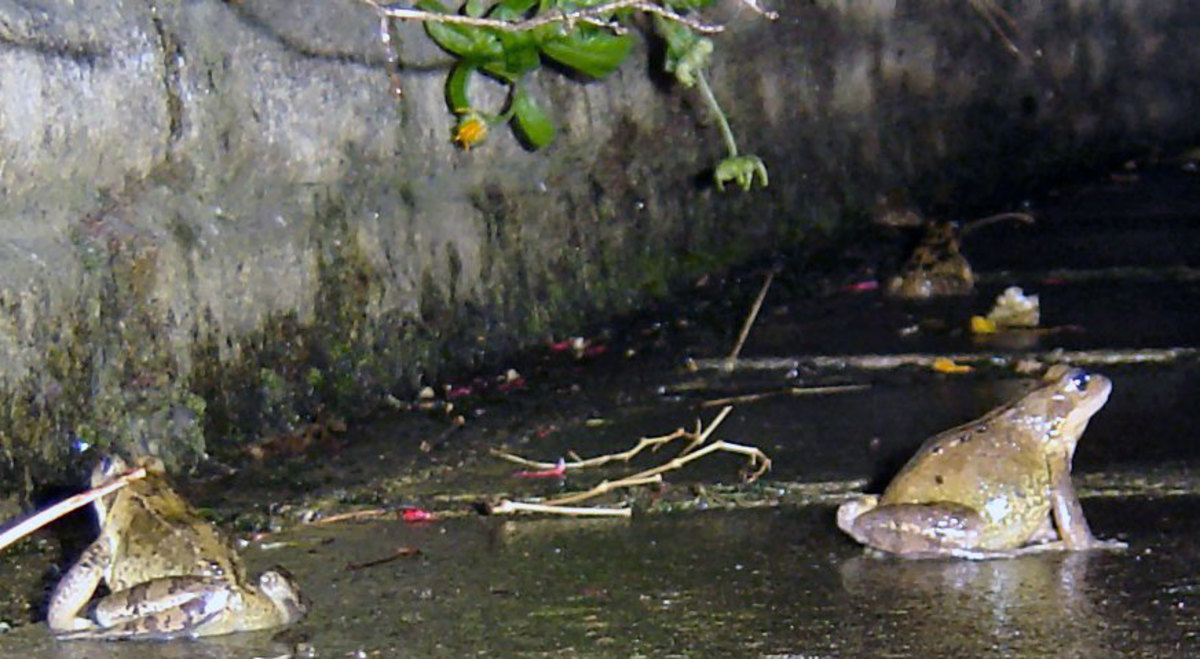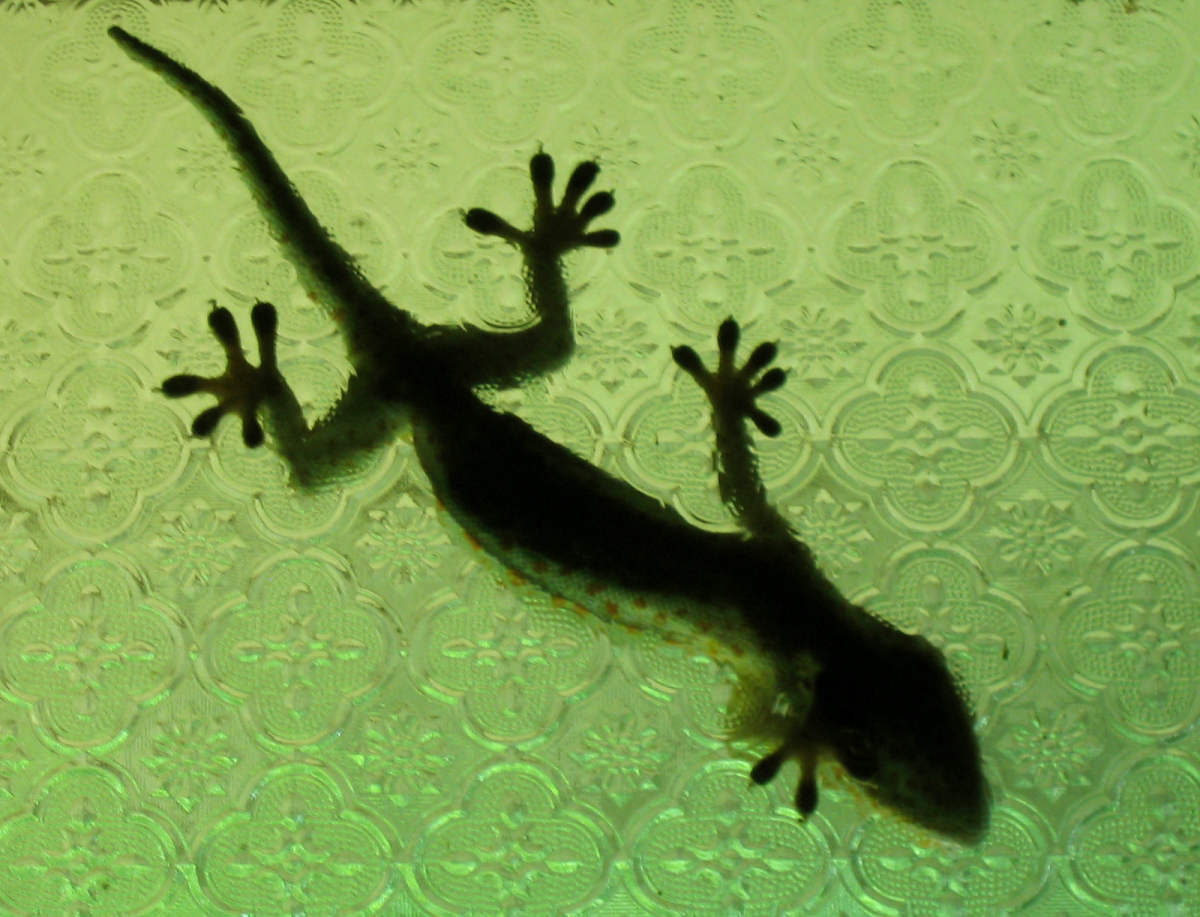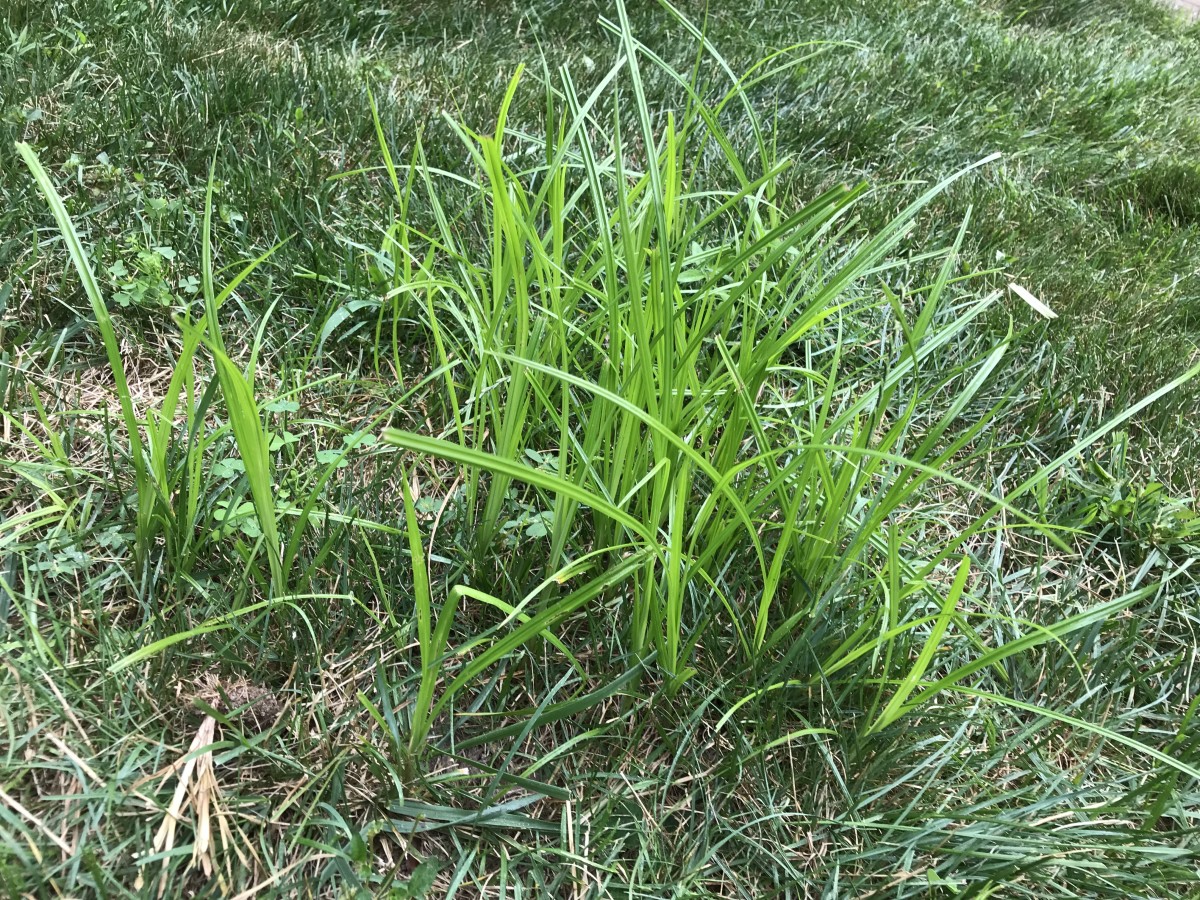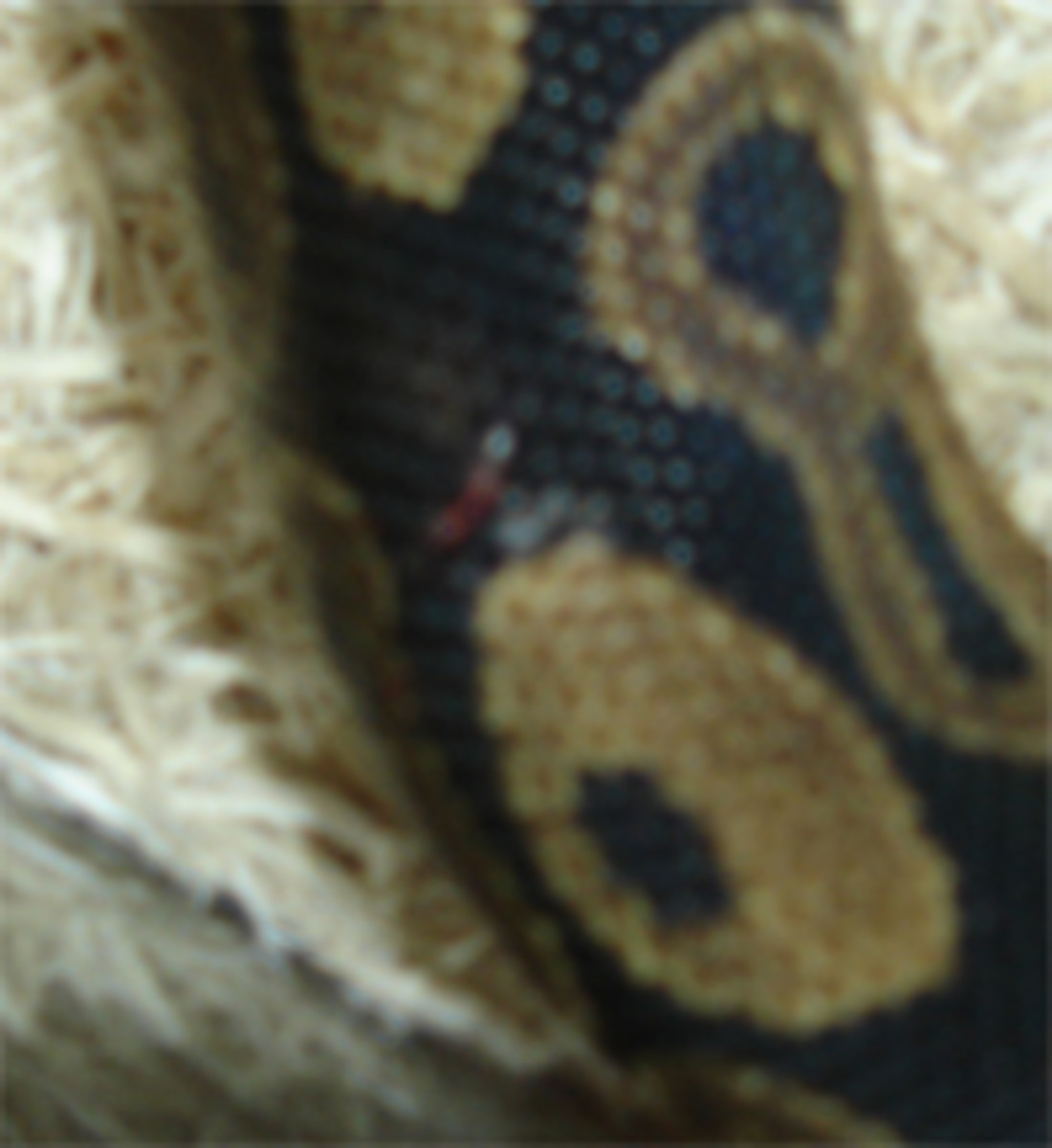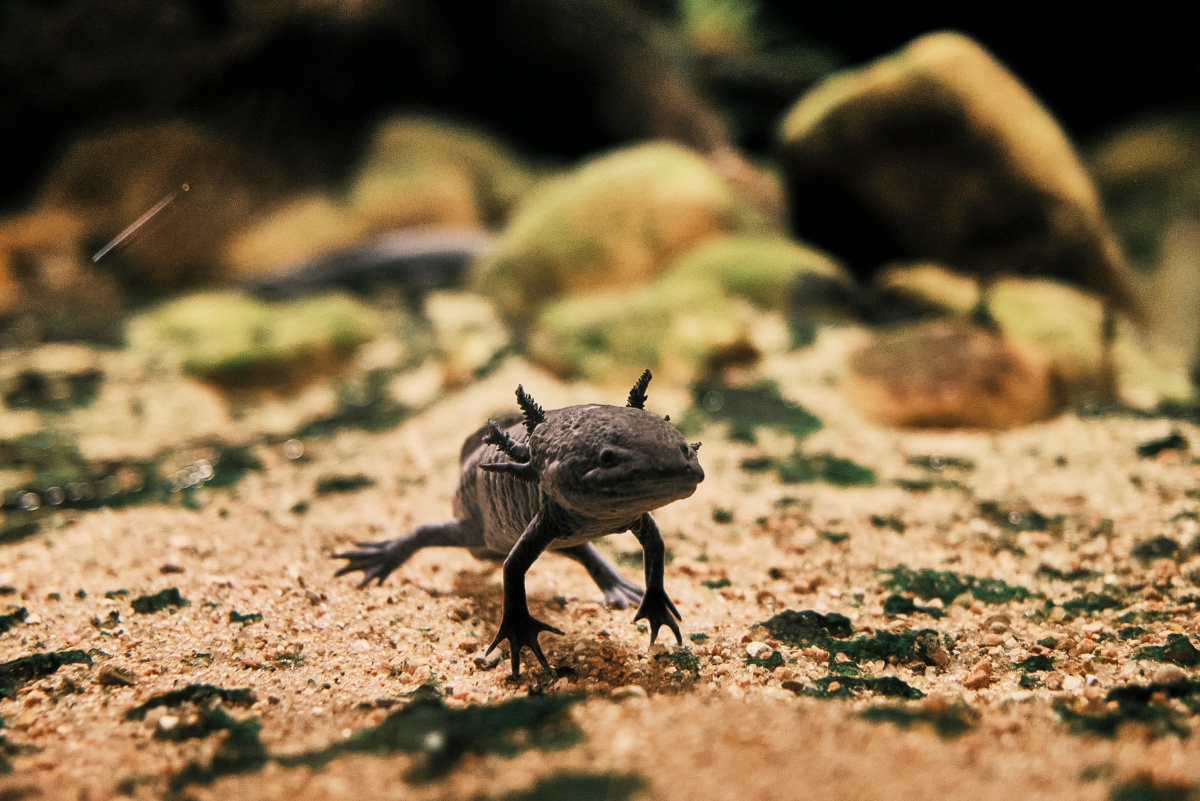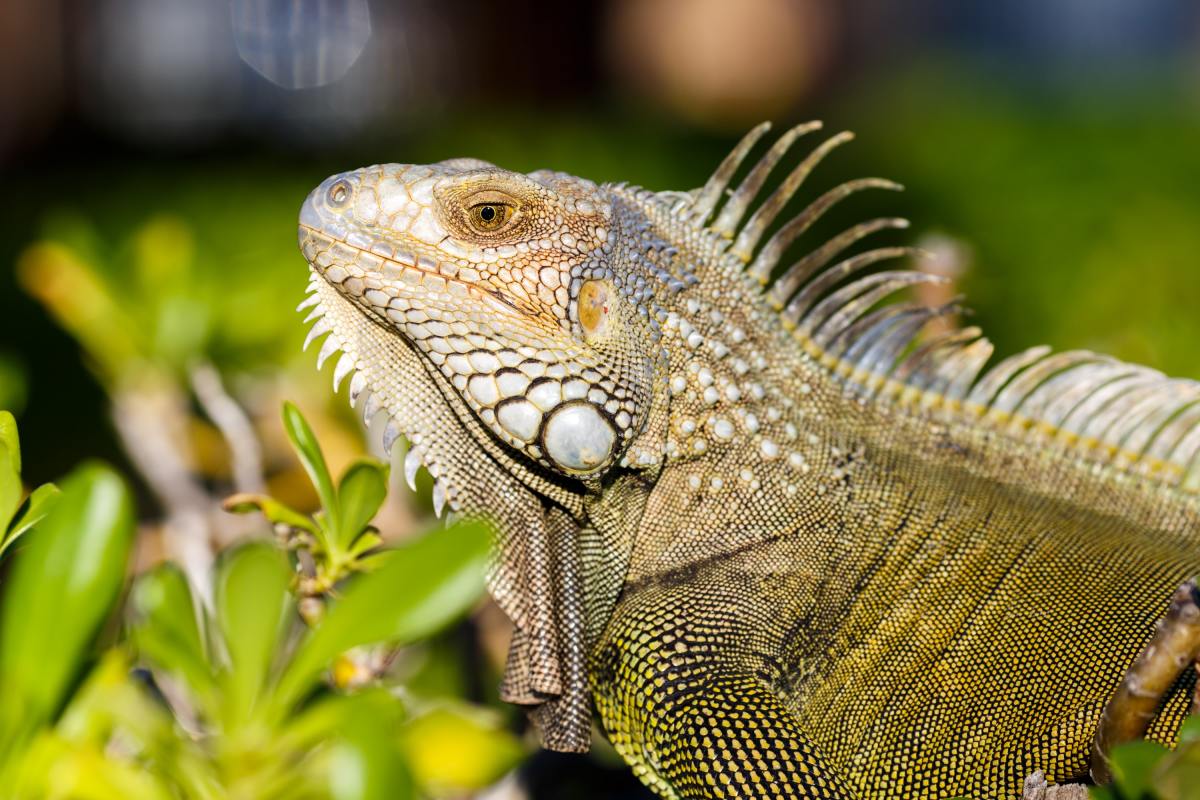Poisonous Giant: The Invasive Cane Toad
The cane toad, huge, ugly and toxic
The cane toad, Bufo marinus, is rather notorious in ecological circles, as an example of biological pest control gone mad. It is an easy amphibian to hate, it is huge, ugly and highly toxic. However, it does have a certain amount of charm (so ugly its cute), it is actually kept as a pet, and as an organism it is highly successful. Fossils indicate that it has been around for far longer than most amphibians, and that its form has not evolved much through the ages, showing that it ‘got it right’ a long time ago. You cannot really blame a toad for doing everything that it can do to survive, and many of the current problems with it are down to well meaning man, introducing the species to countries were it is not found naturally and does not have natural predators that can handle its toxicity.
The toad is the largest of the true toads (Bufonidae) around. Data on the largest known specimen is found in the Guinness Book of Records; Prinsen a pet toad in Sweden weighted 5.8 pounds and was 15 inches long. However 4 lbs and 4-9 inches is much more common, with females being significantly larger than males, as is usual for amphibians. The cane toad has a prodigious appetite, and is unusual among amphibians in that it will eat both live and dead food, apparently dog food is a particular favourite.
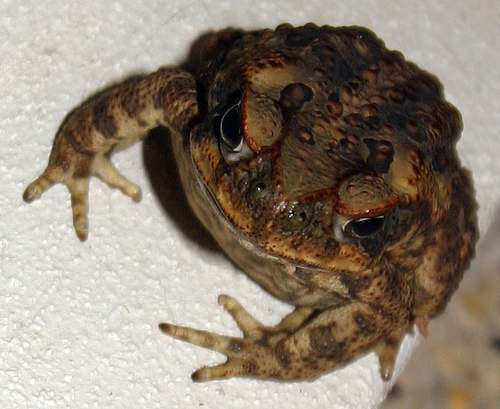
Marinus toad as pest control
Because of its indiscriminate and voracious eating habits it was introduced to many new territories to act as pest control. This is how, this native of South and Central America can now be found in many other territories. Some of these experiments were quite successful, but in many other cases, the marine toad has become an invasive species and is considered a pest itself. This is most notable in Australia, in which it is particularly hated. The toads are ferocious and will attack not only other toads and rodents, but often pets, even small dogs. An even bigger problem, however, is when other animals try to eat it, both the toad and its eggs and tadpoles are toxic, and native predator species are killed when they attack the toad.
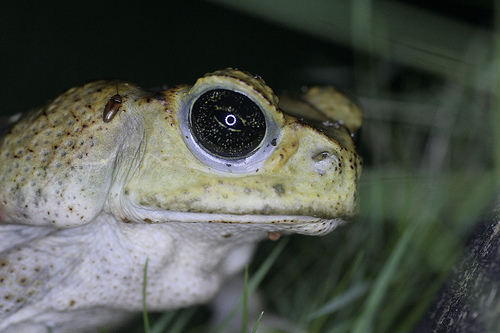
Marine or cane? Where does the name come from?
Its common name, cane toad, comes from the fact that it was introduced to Puerto Rico to control an infestation of beetles which were attacking sugar cane plantations causing huge economic damage. That project was successful, but this caused attempts to use it as biological pest control in many other places, early last century, many of which had unintended consequences. Its scientific name Bufo marinus derives from the mistaken belief that it could live in a marine habitat.
Like most toads it lay eggs in strings rather than in clumps. A female can lay betweeen 8000 and 25000 eggs at a time. However it is estimated that only 0.5% of the offspring survive to adulthood. The eggs, which are 2 cm in diameter and black, are higly toxic as are the tadpoles, however the toadlets, after metamorphosis are vulnerable since the toxins deposited in the eggs are used up and not yet replaced by newly synthesized ones.
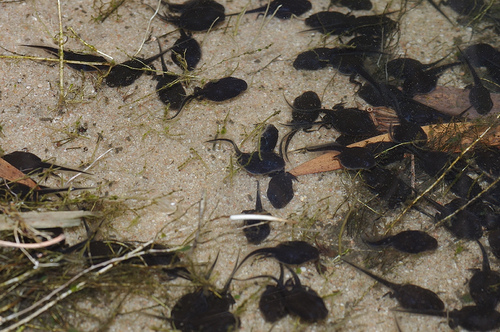
Invasive pest in Australia
Bufo marinus is a particularly troublesome invasive species in Australia where it has no natural predators and is considered a major pest. Australians attempt to control the numbers through killing the toads, often in quite inhumane ways. Some of the more scientific ways of controlling the species are being considered. These include the release of genetically modified female toads, which would only be able to produce male offspring, which in time would greatly decrease the numbers of females and limit the reproduction rate of the animals.


